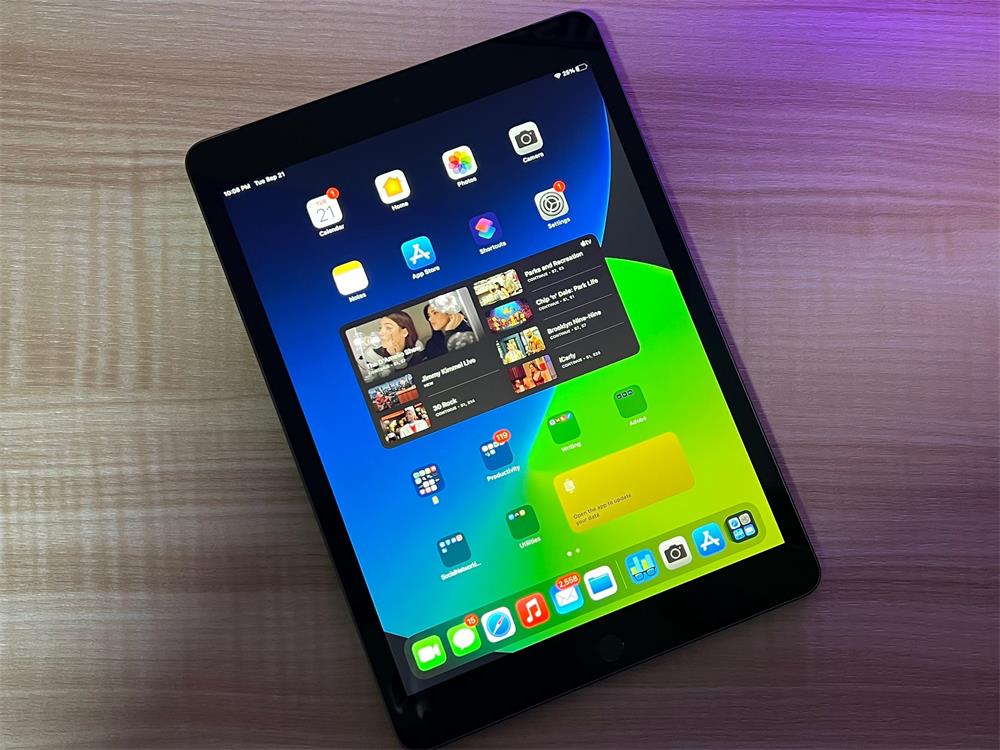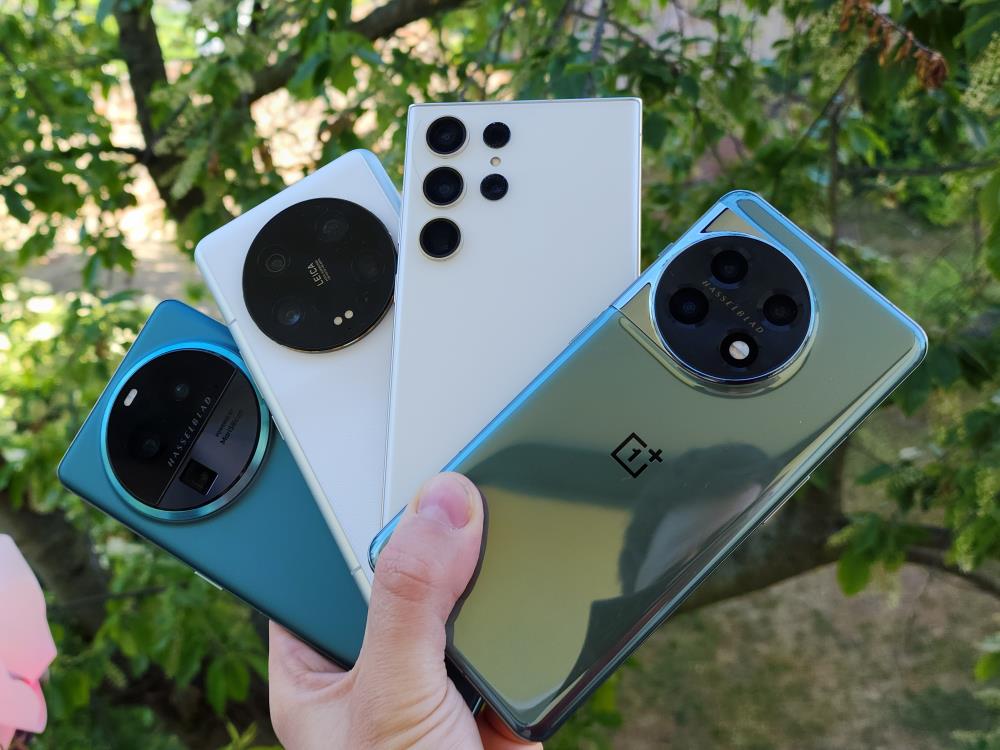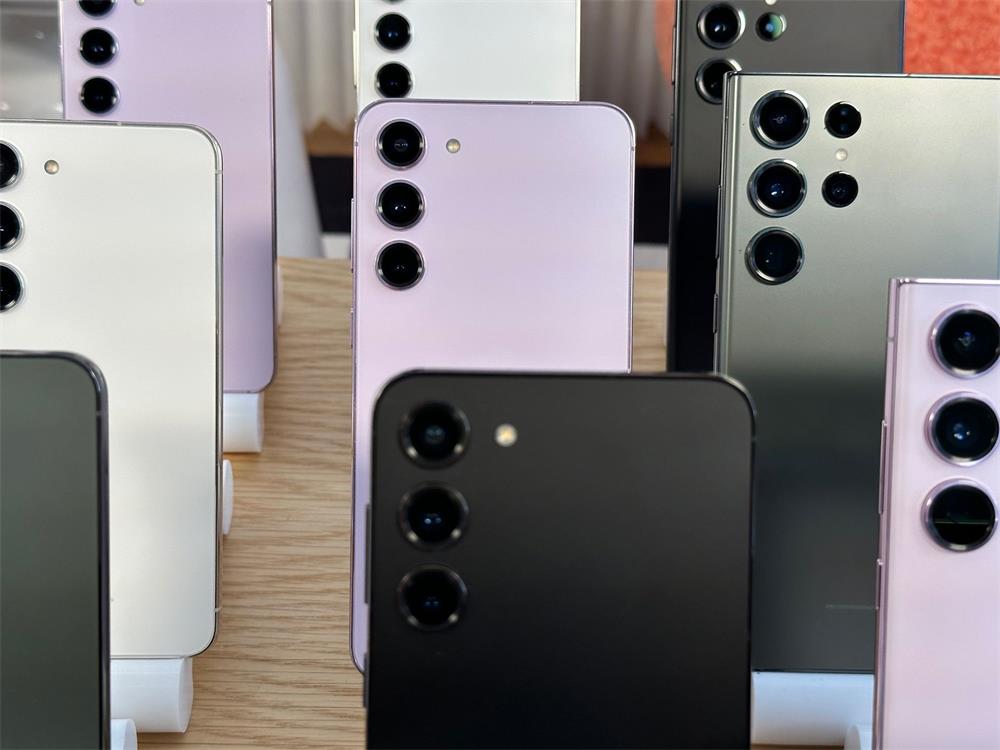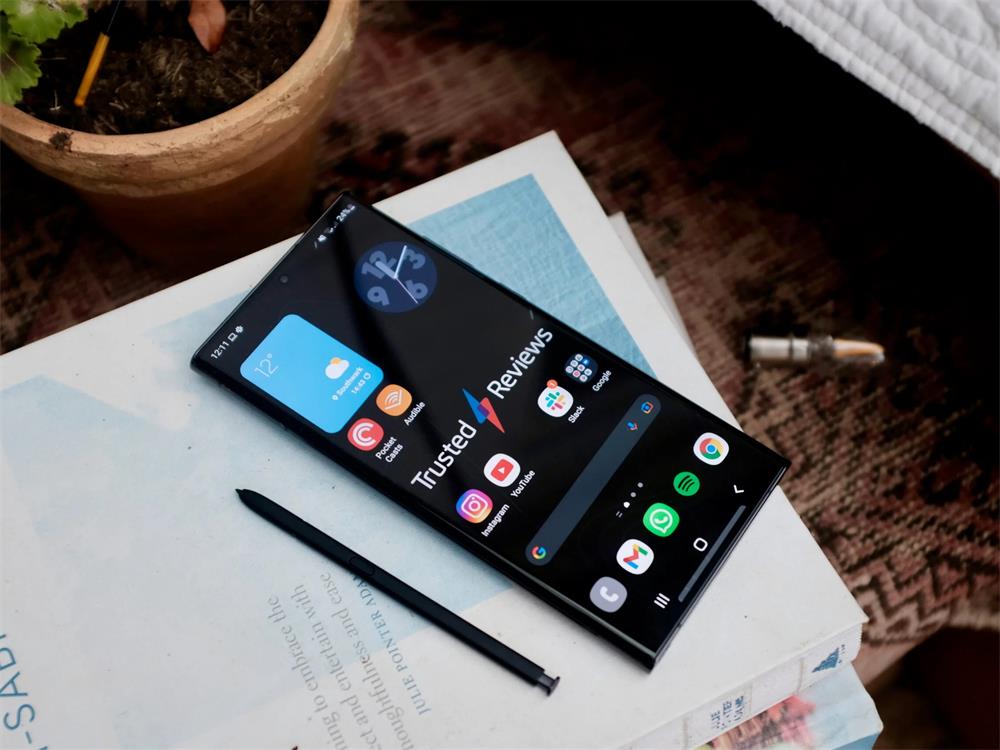The iPhone 14 is expected to be Apple’s next flagship smartphone, launching in September 2023. Based on the rumors and leaks we’ve seen so far, here’s what we can expect from the iPhone 14.
Design
- The iPhone 14 will likely have a similar design to the iPhone 13, with a flat-edged metal frame and a glass back. However, some rumors suggest that Apple may reduce or eliminate the notch on the front, which houses the Face ID sensors and the selfie camera. Instead, Apple may use a hole-punch cutout or an under-display camera for the front-facing camera.
- The iPhone 14 will come in two sizes: a 6.1-inch model and a 6.7-inch model. There will be no iPhone 14 mini, as Apple reportedly discontinued the smaller 5.4-inch model due to low sales.
- The iPhone 14 will likely have four color options: black, white, red, and green. There will be no Sierra Blue color, which was introduced with the iPhone 13 Pro models. There will also be no titanium model, which was rumored to be a premium option for the iPhone 14 Pro.
Display
- The iPhone 14 will feature OLED displays with high contrast and brightness. However, unlike the iPhone 13 Pro models, the iPhone 14 will not have a 120Hz refresh rate, which makes scrolling and animations smoother and more responsive. The iPhone 14 will still have a 60Hz refresh rate, which is standard for most smartphones.
- The iPhone 14 will support HDR10 and Dolby Vision for enhanced video quality. It will also have True Tone and Haptic Touch features, which adjust the color temperature and provide feedback based on the ambient light and pressure.
Performance
- The iPhone 14 will be powered by the A15 Bionic chip, which is Apple’s latest processor. The A15 Bionic chip is faster and more efficient than the previous A14 Bionic chip, and it also has a new thermal design that improves heat dissipation.
- The iPhone 14 will have 4GB of RAM and three storage options: 128GB, 256GB, and 512GB. There will be no 1TB option, which is available for the iPhone 13 Pro models.
- The iPhone 14 will support 5G connectivity with the Qualcomm X65 modem, which offers faster speeds and wider coverage than the previous X60 modem. The iPhone 14 will also support Wi-Fi 6E, Bluetooth 5.2, NFC, GPS, and U1 chip for ultra-wideband communication.
Camera
- The iPhone 14 will have a dual-lens rear camera system, consisting of a wide-angle lens and an ultra-wide-angle lens. There will be no telephoto lens or LiDAR scanner, which are exclusive to the iPhone 13 Pro models.
- The wide-angle lens will have a 12MP sensor with an f/1.6 aperture and optical image stabilization (OIS). The ultra-wide-angle lens will have a 12MP sensor with an f/2.4 aperture and a 120-degree field of view.
- The rear camera system will support several features, such as Night mode, Deep Fusion, Smart HDR, Portrait mode, Panorama mode, Live Photos, and more. It will also have a new Photonic Engine that enhances image processing and quality.
- The rear camera system will be able to record videos in up to 4K resolution at 60 frames per second (fps). It will also support HDR10 and Dolby Vision for better dynamic range and colors. Additionally, it will have a new Action mode that stabilizes videos and reduces motion blur when recording fast-moving scenes.
- The front-facing camera will have a 12MP sensor with an f/2.2 aperture and autofocus. It will also support Night mode, Smart HDR, Portrait mode, Animoji, Memoji, FaceTime HD, and more.
Battery
- The iPhone 14 will have a slightly larger battery than the iPhone 13, with a capacity of around 3,200 mAh for the 6.1-inch model and around 4,000 mAh for the 6.7-inch model.
- The iPhone 14 will support wireless charging with MagSafe accessories, which use magnets to align the charger with the back of the phone. However, some rumors suggest that Apple may increase the strength of the magnets to improve the attachment and alignment of MagSafe accessories.
- The iPhone 14 will also support fast charging with a USB-C to Lightning cable and a compatible power adapter. However, Apple may not include a power adapter in the box of the iPhone 14, as it did with the iPhone 12 and iPhone 13 models.
Other Features
- The iPhone 14 will have a Face ID system that uses infrared sensors and a dot projector to scan the user’s face and unlock the phone. The Face ID system will also work for Apple Pay, App Store purchases, and other secure authentication purposes.
- The iPhone 14 will have stereo speakers that deliver spatial audio and Dolby Atmos sound. It will also have a Lightning port, a side button, a volume button, and a mute switch. It will not have a headphone jack or a SIM card slot, as Apple may rely on eSIM technology for cellular connectivity.
- The iPhone 14 will have some new safety features, such as car crash detection and Emergency SOS via satellite. The car crash detection feature will use the sensors and microphone of the phone to detect if the user is involved in a car accident and automatically call emergency services. The Emergency SOS via satellite feature will allow the user to send an SOS message to emergency contacts or authorities even when there is no cellular signal, using a low-earth-orbit satellite network.
Pros and Cons
Pros:
- Excellent cameras with improved low-light performance and Action mode video
- Fast A15 Bionic performance
- Vibrant OLED display
- 5G connectivity and satellite emergency services
- MagSafe wireless charging
Cons:
- Still just 60Hz refresh rate
- No optical zoom or LiDAR scanner
- Lack of SIM card slot may annoy some users
- No power adapter included in the box
Conclusion
The iPhone 14 is a very good phone for the money, offering improved cameras, a faster A15 Bionic chip and fun Action mode for video capture. But at this price, we’d like to see a telephoto zoom and 120Hz display. Some may want to get the iPhone 14 Plus instead for its larger screen and bigger battery. The iPhone 14 is a great choice for those who want a flagship iPhone with a pocket-friendly design and a reasonable price tag. However, if you’re looking for the best of the best, you may want to consider the iPhone 14 Pro or wait for the next-generation iPhone 15 models. The iPhone 14 Pro offers a triple-lens camera system with optical zoom and LiDAR scanner, a 120Hz ProMotion display, and a premium design with stainless steel and titanium options. The iPhone 15 models are expected to launch in September 2023, and they may feature a notchless design, an under-display Touch ID sensor, and a periscope zoom lens.










